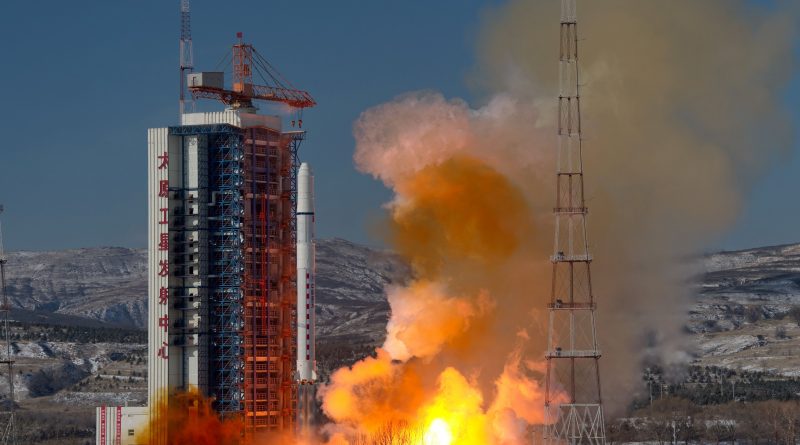China Opens 2018 Campaign with Launch of Second SuperView Imaging Satellite Duo
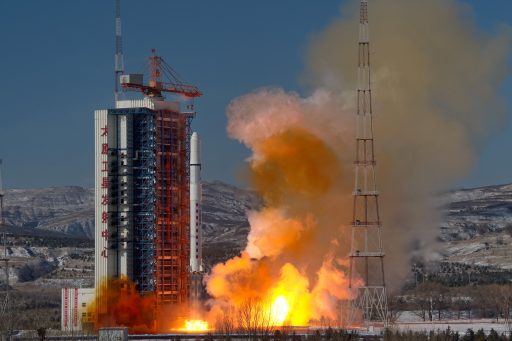
China opened its 2018 space launch campaign on Tuesday with the launch of the second pair of GaoJing Earth-Imaging Satellites joining the growing SuperView constellation delivering observation products for the commercial market.
The Long March 2D rocket carrying the GaoJing 1-3 and 1-4 satellites blasted off at 3:24 UTC, 11:24 a.m. local time from the country’s Taiyuan Satellite Launch Center in the Shanxi Province and reports of launch success by official state media and the satellite operator followed shortly thereafter, later confirmed by independent orbital tracking data.
Tuesday’s launch opened what will be China’s busiest spaceflight year to date as the country bounces back from a pair of failures in 2017 that hit both the well-proven line of heritage Long March rockets as well as the newer generation introduced in recent years to become China’s future workhorse fleet. As many as 40 launches are on the Chinese manifest this year as the country’s space efforts continue a proliferation from a primarily military-oriented space program with occasional science and human missions to a broad mix of military and civilian flights, commercial space endeavors, robotic exploration of the solar system and the operation of an orbital space station.
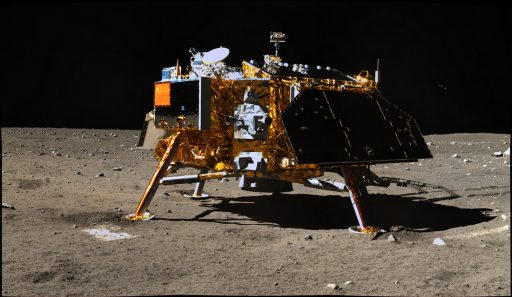
Notable missions planned by China in 2018 include the Chang’e 4 lunar lander and rover that aim to repeat the success of the Chang’e 3 lander and Yutu rover that, in 2013, became the first craft to soft-land on the Moon since 1976. However, Chang’e 4 aims to take it one ambitious step further by becoming the first mission to land on the far side of the Moon – requiring a dedicated communications relay satellite to be pre-positioned behind the Moon before the mission’s arrival.
2018 will also see the return of the Long March 5 heavy-lift rocket after it encountered a high-profile launch failure in July 2017 that set back plans of putting the CZ-5 into regular operation for the launch of China’s Chang’e 5 lunar sample return mission as well as the Tianhe core module of the planned Chinese Space Station. A number of missions this year will be dedicated to bringing China’s Beidou Global Navigation Satellite System a major step closer to full operational capabilities and the country’s reconnaissance constellations will also be supported by a multitude of launches.
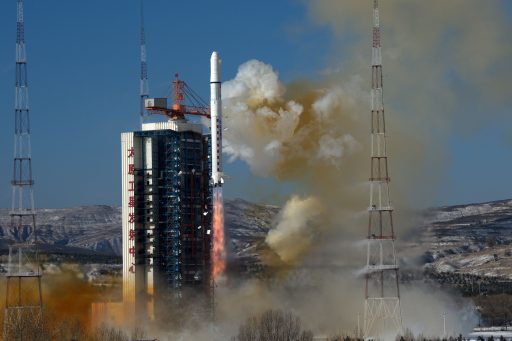
A number of commercial missions are on China’s agenda this year, supported by its heritage Long March vehicles as well as new low-cost, all-solid launch vehicles that promise to compete on the market via the lowest-available Kilogram-to-orbit prices. The Kuaizhou-1A launch vehicle in particular will demonstrate its capabilities this year via a salvo of four launches in one week, handled by the rocket’s commercial operator EXPACE to demonstrate its use for rapid constellation deployment at low cost.
China’s year-opening launch involved the country’s Long March 2D rocket lifting the third and fourth members of the SuperView Earth-Observation Constellation into Sun-Synchronous Orbit for commercial operator Beijing Space View Tech Co. Ltd. that offers various geospatial solutions collected via different space-based sensor platforms. SpaceView is authorized by the Chinese government as the exclusive distributor of Earth observation products from the country’s civilian satellite fleet and plans to implement its own data collection capability via the SuperView Constellation.
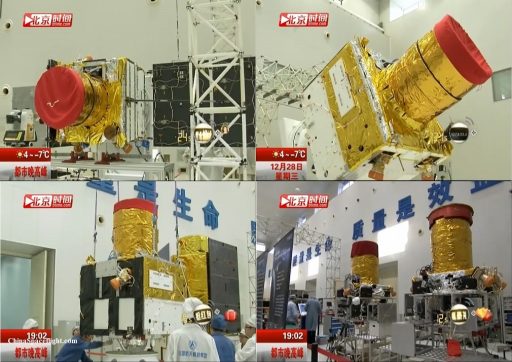
Space View is owned by Siwei WorldView Technology, a joint venture of Siwei Surveying and Mapping Technology Co., Ltd, DigitalGlobe Inc. and Navinfo – allowing it to act as the main distributor for international satellite imagery in China, delivering products to over 1,400 government and commercial customers.
Also known as GaoJing-1, the SuperView constellation, when finished around 2022, will consist of 16 optical-imaging satellites with a ground resolution of 0.5 meters, four optical satellites exceeding 0.5m GSD, four Very-High-Resolution X-Band radar satellites for all-weather, round-the-clock imaging and several Micro Video and Hyperspectral Satellites to deliver specialized data products.
The Gaojing satellites each weigh in at 560 Kilograms and are based on the CAST-3000B satellite platform which enables the satellites to support highly agile image collection through rapid re-orientation maneuvers.
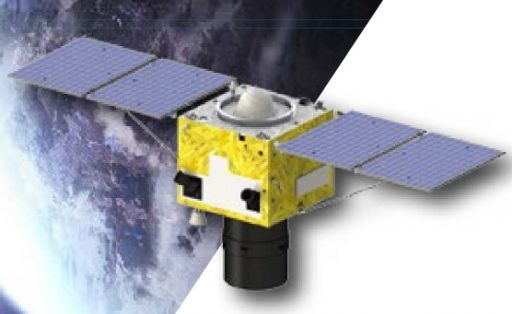
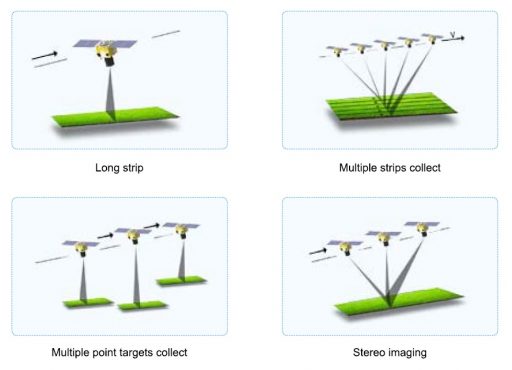
Built for a design life of eight years, the satellites host a powerful Earth-imaging payload capable of collecting black-and-white images at a ground resolution of 0.5 meters and multispectral imagery at a two-meter resolution. Multispectral data is collected in four channels – red (450-520 nanometers), green (520-590nm), blue (630-690nm) and a near infrared channel (770-890nm).
The optical payload covers a ground swath of 12 Kilometers and image acquisition is possible in long-strip mode, multiple target collection, stereo imaging achieved by looking at the same target from different angles, and multiple image strip collection which can deliver imagery of a 60 by 70-Kilometer area during a single pass of the satellite. Flexible imaging is enabled by varying the satellite’s pitch by +/-30 degrees and rolling the spacecraft by up to 45 degrees to either side for off-nadir imaging.
The Gaojing imaging system has been optimized for precise map creation, change detection, high-resolution surveying, stereo imaging, and event monitoring. The satellites provide a revisit time better than four days and each can image an area of 700,000 square Kilometers per day with imagery stored in a 2TB onboard memory and sent to the ground via two high-speed 450 Mbps X-Band channels.
The first two GaoJing satellites launched on December 28, 2016 but their Long March 2D rocket encountered a performance shortfall on its first stage, causing the satellites to be deployed short of their 520-Kilometer target orbit. The two satellites were salvaged from their initial 213 by 524-Kilometer orbits by firing their onboard propulsion systems to move them to their operational altitude at the cost of some mission lifetime due to the additional propellant expenditure.
For GaoJing 1-3 and 1-4, the story was different as both received a smooth ride atop the Long March 2D rocket, blasting off from Taiyuan’s Launch Complex 9 at 3:24:33.475 UTC.
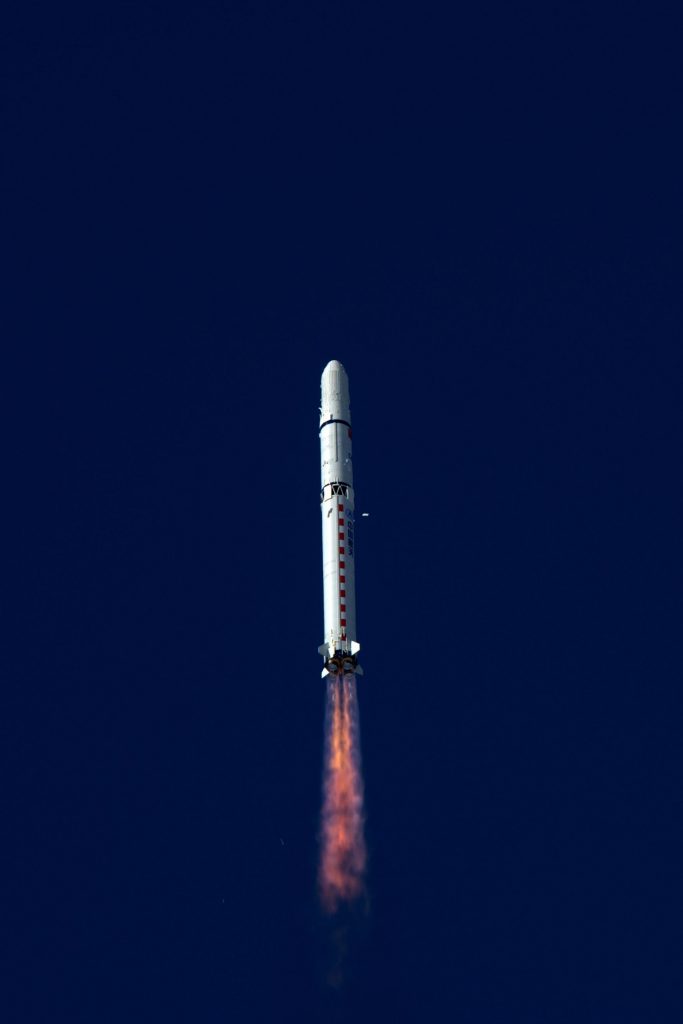
U.S. Space Command detected the two new additions to the SuperView constellation in an orbit of 517 by 535 Kilometers, inclined 97.58°, confirming the successful orbital insertion. Tracking data confirms the two new satellites to be quasi-co-planar with the GaoJing 1-01 and 1-02 satellites with phasing to be completed over the next several weeks to move the satellites into a 90-degree separation to set up the best possible re-visit pattern.
Tuesday’s launch was the 261st flight of the Long March launcher family and the 36th for the Long March 2D variant that debuted back in 1992.
A member of the Long March family, the 2D vehicle was designed as a two-stage version of the Long March 4 launch vehicle, optimized for Low Earth and Sun Synchronous Orbit missions. Up until last December’s partial failure, Long March 2D had kept a perfect success record.
CZ-2D is a two-stage rocket standing 41.1 meters tall, 3.35 meters in diameter and weighing around 232 metric tons at liftoff, capable of placing 3,500 Kilograms into Low Earth Orbit and 1,300kg into Sun Synchronous Orbit. Both Stages of the Long March 2D use Nitrogen Tetroxide and Unsymmetrical Dimethylhydrazine as propellants.
For the first 157 seconds of Flight, the vehicle is powered by its first stage, equipped with a YF-21C engine module that provides a thrust of 2,962 Kilonewtons and comprises four clustered YF-20C engines. The stage is 27.9 meters long, 3.35 meters in diameter and filled with 183 metric tons of Unsymmetrical Dimethylhydrazine and Nitrogen Tetroxide Propellants for a total weight of the first stage at launch of 192,700kg.
After first stage burnout and jettison, the second stage starts controlling the flight. The upper Stage is 10.9 meters in length and has the standard CZ-2D diameter, holding around 52 metric tons of UDMH and NTO propellants at launch. The second stage is powered by a YF-24C main engine providing 742 Kilonewtons of thrust and a 47.1-Kilonewton four-chamber vernier engine for attitude control and circular orbit insertion capability. Long March 2D can be outfitted with two different payload fairings to accommodate payloads of different sizes with fairing diameters of 2.9 and 3.35 meters.

